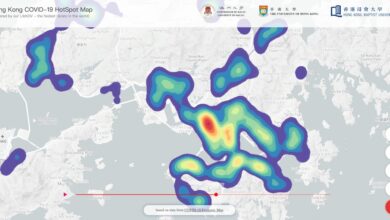CIO and clinician alignment must improve, report finds


Clinician burnout is now the primary concern for healthcare organizations in 2024, surpassing financial pressures, according to a Symplr survey of more than 200 CIOs, IT leaders and clinicians at U.S. health systems.
The study, which revealed that more than half of these organizations rely on more than 50 distinct systems to manage healthcare operations, indicated there must be closer alignment between CIOs and the clinicians working in the organization.
An equally troubling finding indicated the disparity between the “haves” and the “have nots” of healthcare is widening, with an urgent need to streamline healthcare operations to improve efficiency while winning back staff.
According to the survey results, clinicians are increasingly concerned about challenges such as nurse retention, the well-being of nursing staff, technology efficiency and workflow optimization, as compared to their IT counterparts.
Clinicians were more likely than IT professionals to find their organization’s user experience for healthcare operations software challenging, with more than eight in 10 (84%) expressing the belief that consolidating healthcare operations software onto a single platform could free up valuable time for clinicians to focus on patient care.
WHY THIS MATTERS
Wise investments in a health system’s tech stack can pay significant dividends in the guise of a more seamless, coordinated and comprehensive experience for both caregivers and patients.
Automation, for example, could streamline a range of simple or repetitive tasks, such as delivering medications, monitoring infusion of medication.
Meanwhile, healthcare organizations are grappling with staff shortages and falling budgets, while their employees – from clinicians to physician assistants – are struggling with patient overloads, combatting fatigue and burnout.
A September survey from the National Commission on Certification of Physician Assistants found 30% have at least one symptom of burnout, and almost 8% said they plan to leave the profession within the next year.
THE LARGER TREND
According to Bain’s 2023 Healthcare Provider IT report, U.S. healthcare providers are significantly boosting their investments in IT and software to confront various obstacles. Nearly 80% of healthcare executives surveyed reported a substantial increase in spending over the past year, driven by the rise of new technologies, ongoing labor shortages and mounting financial pressures.
The emergence of artificial intelligence technology is pulling the focus of IT leaders making strategic plans; however, doubts remain over how best to implement the technology – just 6% have an organizational plan to harness it, according to a separate Bain survey released in August.
Investments in telehealth and remote patient monitoring could also alleviate the pressure on clinicians, as an aging population, more patients with chronic diseases and social determinants of health (SDOH) barriers threaten to overwhelm health systems.
ON THE RECORD
“The [Symplr] survey data indicates a huge opportunity to consolidate healthcare operations solutions and give clinicians time back for patient care, which could greatly reduce burnout and make technology easier to manage,” BJ Schaknowski, CEO at Symplr, said in a statement. ”To do so, health systems must align the right stakeholders and partners to remove barriers between IT and clinicians to stop attrition of healthcare talent.”
Nathan Eddy is a healthcare and technology freelancer based in Berlin.
Email the writer: [email protected]
Twitter: @dropdeaded209




